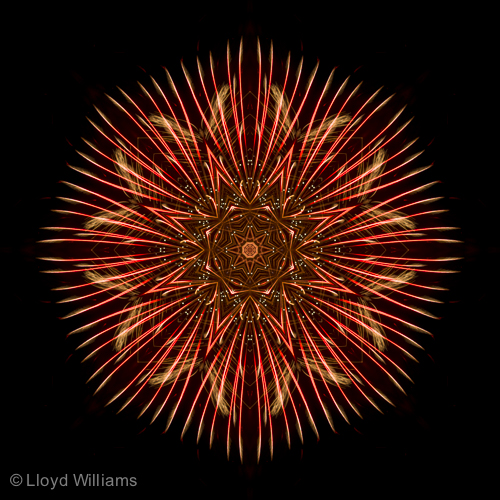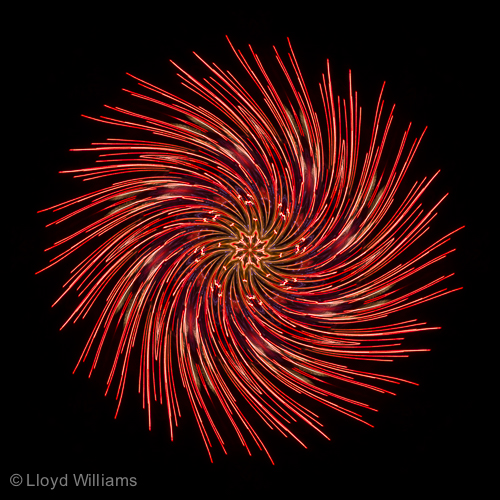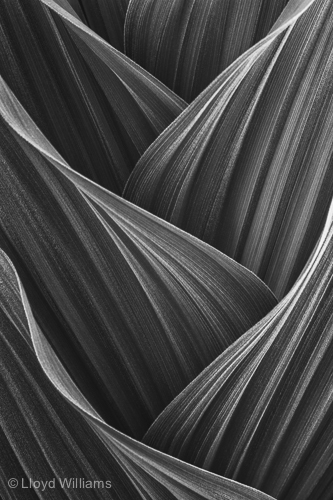Early one morning in Crested Butte, CO, we had just scored some coffee and were off to Brush Creek to take advantage of the overcast to photograph some wildflowers. As we drove down a side-street, this vignette reached out and grabbed our attention. Snap (well, lots of snaps). There is art everywhere, if we’re open to it.
Hanabi
August 8th, 2014
Hanabi is the Japanese word for fireworks. It translates literally as “fire flower.” Ever since I learned that word, I have thought that it was a perfect description for the the aerial bursts of fireworks.
As I have worked with kaleidoscapes, I have often thought that they resembled flowers. In many cases, when creating kaleidoscapes from flowers, I have felt as if I were creating a new species of flower. So, this year I took some photographs of the July 4 fireworks display in Crested Butte and played with turning them into kaleidoscapes to create some new “fire flowers.” The results were spectacular — glowing, symmetric shapes that, indeed, look like new (possibly alien) species of flowers.
I haven’t seen a ground fireworks display in many years. One of my favorite parts of the ground display was always the pinwheels. The image below is also a kaleidoscape derived from a photograph of fireworks — albeit with a bit of a twist.
To see more kaleidoscapes, click here.
False Hellebore
August 1st, 2014
False Hellebore (also known as Corn Lily, Skunk Cabbage, and several other local names) grows in high mountain meadows and wetlands. The plant first appears as a tightly wound cylinder of leaves arranged in a spiral around a central stalk. As the stalk grows upward, the leaves unwind making the plant look somewhat like corn. If there is enough moisture, then some of the plants will produce sprays of flowers at the top. False Hellebore is very toxic.
I’ve always enjoyed photographing False Hellebore. The spiral motif along with the pleated leaves make for some great abstractions. I like to photograph them just as the leaves are starting to unwind. This gives the best overlapping patterns without difficult depth-of-field issues. In this image, the lines, shapes, textures and play of light screamed for a black and white treatment.
-
You are currently browsing the Lloyd Williams Photography blog archives.




